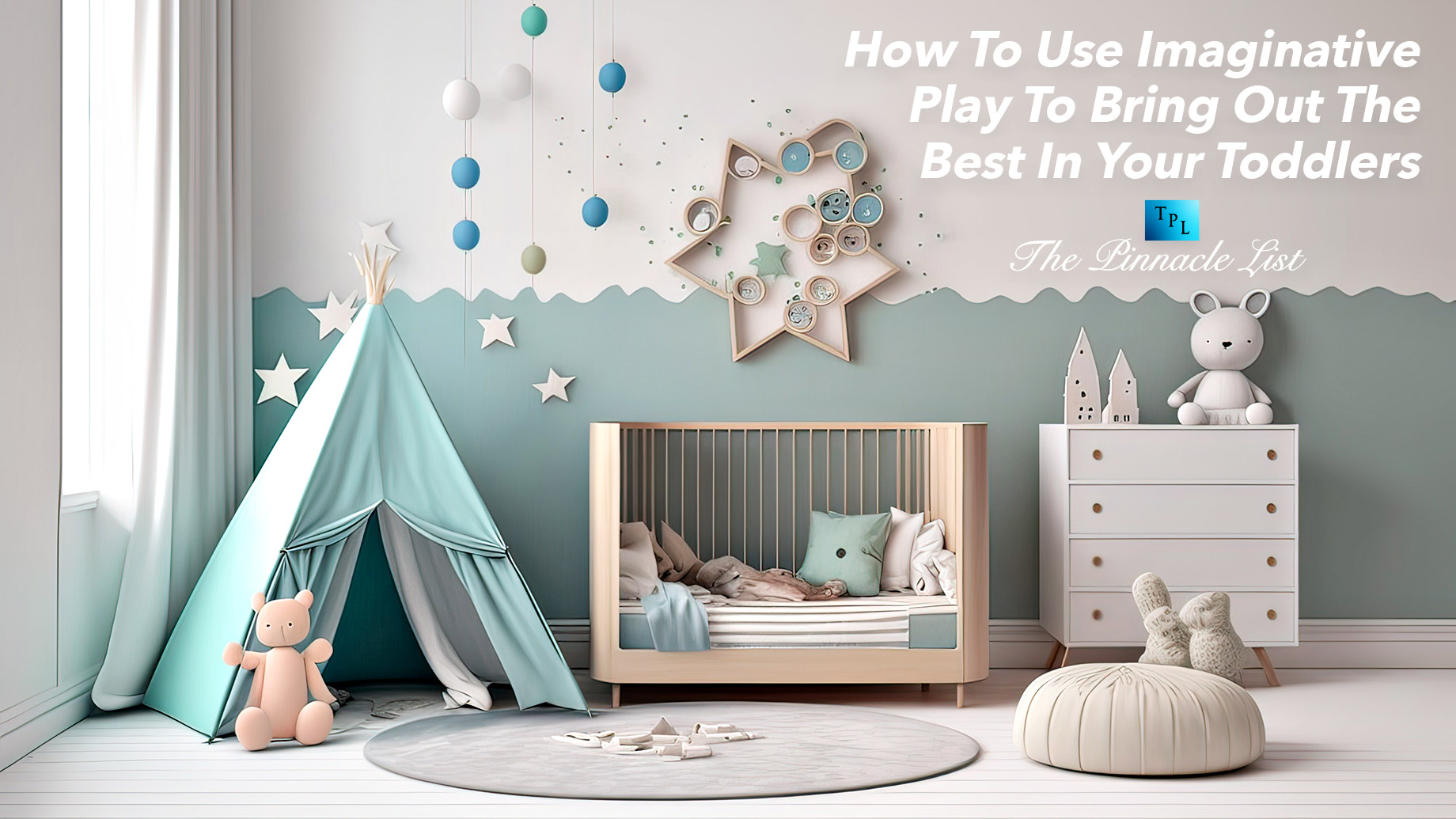
Ensuring that you raise happy and well-rounded toddlers can be a challenge for any parent. However, did you know that imaginative play is one of the best ways to do just that? Imaginative play is an invaluable way to stimulate their imaginations, enhance learning and motor skills, develop social skills, and boost emotional health. The most effective way to bring out your toddler’s creative side is to provide gifts that encourage imagination; gifts such as blocks, dress-up costumes, “magical” play items, books with vivid stories, finger-paints, and drawing material will ignite their imaginations and allow them to explore different worlds. For the parents out there who want to know more about using imaginative play to bring out the best in their toddlers, keep reading. We’ll be touching on everything from the power of imaginative play for a toddler to how it can encourage problem-solving and independent thinking through playtime activities. So, let’s get started!
Understand the Power of Imaginative Play for Toddlers and Its Benefits
Imaginative play allows kids to use their imagination to role-play scenarios that they have seen, would like to experience, or have already experienced, and while this may seem like normal playtime for kids, imaginative play teaches kids a lot along the way. Some examples of imaginative play can include cleaning and pretending to cook. Hosting guests, extinguishing fires, or becoming the mayor of cities. There are many benefits to imaginative play, including the fact that it allows the kids time to relax and let go. Imaginative play also helps with kids’ development and improves their social skills. It also boosts creativity as well as problem-solving skills. Overall, imaginative play is a way to keep kids active, and it makes them happy, which is the ultimate benefit.
Identify What Activities Your Toddler Enjoys the Most
To use imaginative play to bring out the best in your toddler, you need to first identify the activities your toddler enjoys the most. Does your child love to pretend to cook? Clean up? Or perhaps your child likes to pretend to be a princess. Whatever the case may be, identify the activities your child resonates with the most and then focus on those specifically.
Create a Safe Environment for Imaginative Play at Home
Next, you want to create a safe environment within your home for them to have their imaginative playtime. This can be a playroom or even a section of your family room. Overall, your toddler needs to feel that it is safe for them to let go and explore imaginative play without judgment or criticism from their parents.
Introduce New Props and Toys To Spark Creativity
The next step is very important. You want to introduce new props and toys that spark creativity. For example, if you observe that your toddler likes to pretend to cook and clean, invest in a kitchen set and toy cleaning supplies; if you have a toddler who loves to pretend to be a firefighter, invest in a firefighter uniform and a helmet for them to dress up in. This makes imaginative play more fun for your toddler and helps them get more into character. Plus, the joy on their faces as they have fun is priceless.
Establish Creative Rules and Guidelines that Encourage Imagination
Another way you can bring out the best in your child through creative play is by establishing rules and guidelines to encourage imagination. All kids need structure, and during playtime, the structure might be positive. By incorporating rules and guidelines, you are stimulating mental and physical growth while also promoting creativity in the way they are interacting and playing.
Encourage Problem-Solving and Independent Thinking Through Playtime Activities
Lastly, you can encourage problem-solving and independent thinking through playtime activities. The Imagination play puts your child in a position to use their imagination, and it can push them to think outside of the box. Additionally, it allows them to practice independent thinking by allowing them to think for themselves.
So, there you have it! Playtime is something very important to children, and it is something we must always encourage. If your child loves imaginative playtime, encourage it by first understanding it and identifying the activities that they enjoy the most. You should also create a safe environment for imaginative playtime in your home and introduce props and toys to spark creativity. Finally, establish creative rules and guidelines that encourage imagination, problem-solving, and independent thinking through playtime activities.